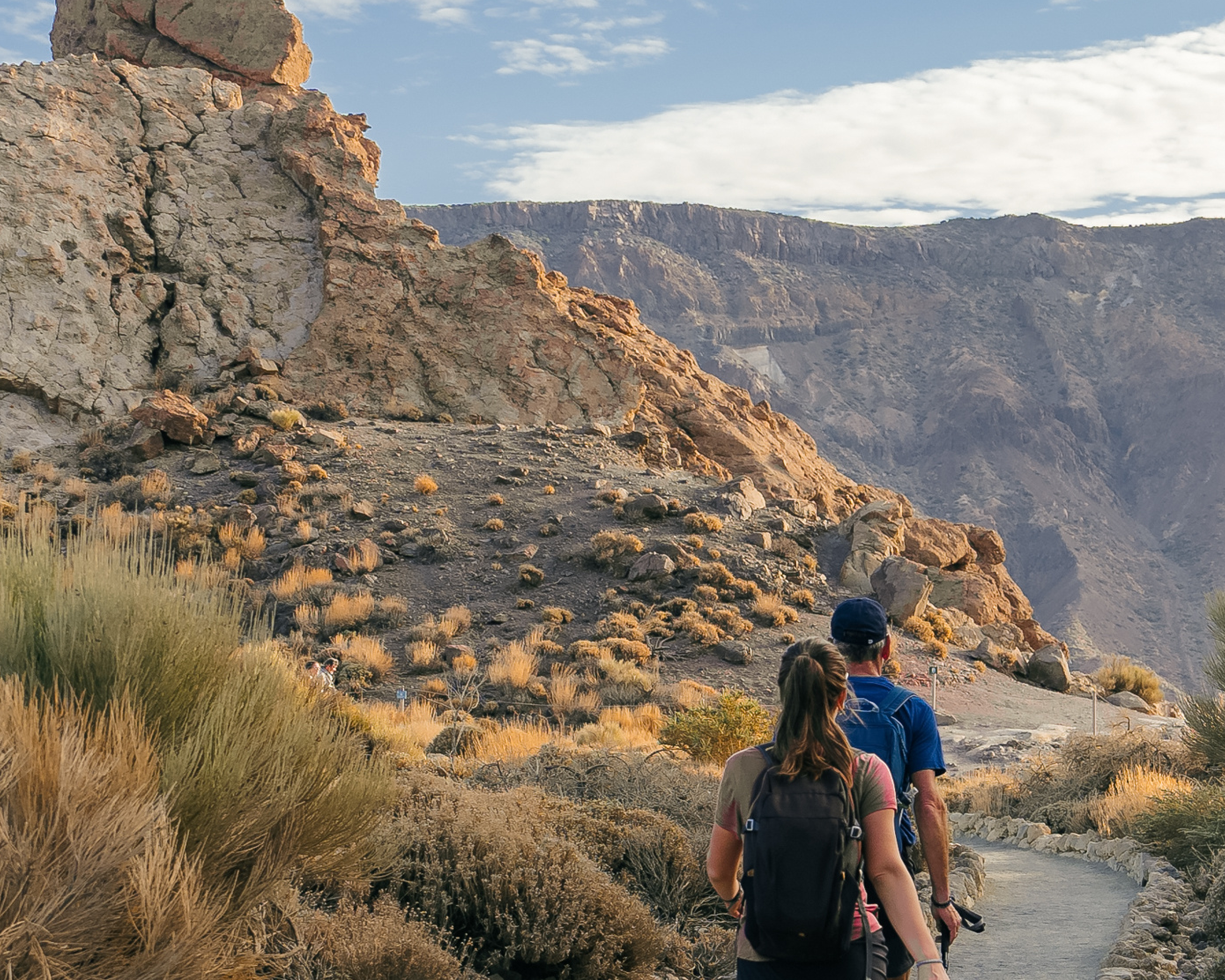Be a considerate steward of nature: Four ways to respect national parks this summer
In today’s changing political climate, it’s more important than ever to “take only photographs, leave only footprints” when visiting national parks this summer. Here are four ways you can be a more considerate visitor.
With summer just around the corner, our national parks are feeling the heat—literally and figuratively. From overcrowded trails, the risk of wildfires, and limited staffing, the impact of tourism is greater than ever. In 2024, more than 331 million people visited the national parks—a 2%, from 2023 (1). This year, national parks are expecting even more visitors, with fewer resources.
Here is the good news: every one of us can make a difference. This is our chance to give back to Mother Nature and help protect these sacred lands for future generations.
Here are four ways to be a more considerate visitor when visiting the national parks this summer:
Leave no trace
The National Park Service’s Leave No Trace Seven Principles encourage visitors to minimize their impact on the local ecosystem (2). Camp only in designated areas, pack out what you pack in, and leave what you find are a few ways you can be considerate to other visitors and to the wildlife.
View wildlife at a safe distance
National parks offer a great opportunity to see wildlife in their natural habitats. However, it’s important to practice safety guidelines when encountering wild animals in order to keep the animal, yourself, and others safe. Give the animals space and use binoculars or a zoom lens to get a closer look. Do not feed, pet, frighten, or intentionally disturb the wildlife (3).
Stay on trails
Staying on designated trails protects at-risk species that live near the trails. Over 300 million sets of footprints visit the parks each year, and if everyone walked off trail, it could have devastating impacts on the local ecosystem.
Be prepared and plan ahead
Do your research before visiting the park to make sure the visitor center and trails are open. There may be closures due to understaffing, visitor congestion, or weather. Some parks, such as Rocky Mountain National Park, have implemented a timed entry permit system requiring reservations to visit during peak seasons.
Additionally, prepare for extreme weather, regulations, or other concerns that may arise during your visit, so that your bag is packed with all of the essentials in case of an emergency.
This summer, let’s be stewards of nature and help preserve her for future generations. If you have additional questions, visit https://www.nps.gov/index.htm to learn more about the National Park Service.
1. https://www.nps.gov/subjects/socialscience/visitor-use-statistics-dashboard.htm
2. https://www.nps.gov/articles/leave-no-trace-seven-principles.htm
